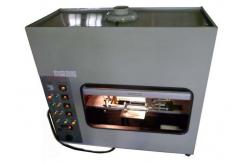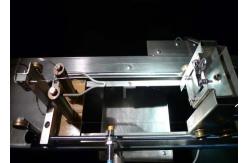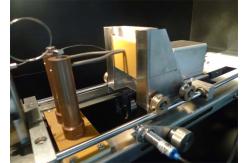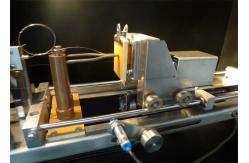Glow Wire Testing For The Applaince Industry , Flammability Testing Equipment
|
|
Glow Wire Testing For The Applaince Industry , Flammability Testing Equipment
Background: Safety is paramount in the home appliance industry. Due to the possibility of human mis-application, over-current, or short circuit failures within an appliance wiring system, fire protection requirements were created to evaluate and rate the flammability of material used within an appliance. Glow wire testing is one such requirement used within the appliance industry today. This paper explores glow wire testing, describes the rationale behind the glow wire test procedures and briefly compares the practice to other common flammability test methods. The paper also sheds light on the specifications governing the glow wire testing practice. Finally, it shows TE’s commitment toward providing a range of products to help appliance customers meet the glow wire flammability requirements.
Technical parameters:
What is Glow Wire Testing? Historically a number of methods have been developed to evaluate material flammability and fire resistance. These include both direct flame and indirect flame testing methods. An example of the direct flame method is defined in the UL 94 specification. This long accepted test method involves applying a flame directly to a vertically or horizontally mounted specimen under controlled conditions. On the other hand, the indirect flame method features a non-flaming heat source applied to a sample. Glow wire testing is an example of the indirect flame method. Test results from applying these methods provide a way to compare the materials’ tendency to resist ignition, self-extinguish flames (should ignition occur), and to not propagate fire via dripping. To better understand the differences between the direct method and the indirect method, refer to Figure 2.
The International Electrical Commission (IEC) established the glow-wire testing method in 2001 because existing test methods did not cover all ignition sources. Specifically, the glow wire test is used to simulate heating effects that may arise in malfunctioning electrical equipment caused by an overloaded connection or component that is overheating. Glow Wire Test Methodology: Glow wire requirements for home appliances are specified in IEC 60335-1. However, the actual glow wire test methodology is covered in the IEC 60695-2 series of specifications. Glow wire testing is performed by heating an element to a pre-determined temperature. The heated element is referred to as the glow wire. See figure 3 for an example of the heated element used for glow wire testing. The sample to be tested is fixture in place and tissue paper is positioned directly below the sample. After reaching the pre-determined temperature, the element is then pressed into a sample material under a set force of 1N for 30 seconds. If ignition occurs, recordings are made to note the duration, flame height, and if drips of the material ignite the tissue paper. Glow wire testing can be performed on both end products and raw material test plates. The terminology used to define compliance in each case is slightly different.
|
||||||||||||||||||||||
| Product Tags: flammability tester flame test equipment |
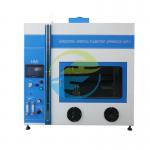
|
Flammability Testing Equipment IEC60695 0.1Mpa Horizontal And Vertical Combustion Equipment |
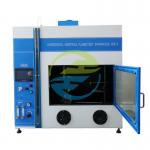
|
Horizontal And Vertical Combustion Tester 0.1MPa Gas Pressure 50W/500W Dual Power IEC 60695 Compliant |
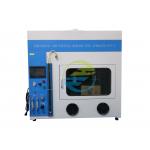
|
IEC60695 Compliant 220V/50Hz Horizontal And Vertical Flame Tester |
|
|
IEC60112 Flammability Testing Equipment Leakage Tracking Tester 0~600V Testing Voltage Button Operation |
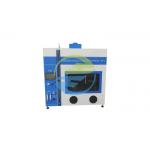
|
IEC60695 220V / 50Hz Horizontal And Vertical Flame Tester - 50W And 500W |
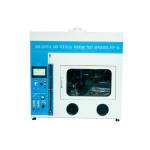
|
Flammability Testing Equipment Horizontal Vertical Flame Tester For Fire Hazard Testing |

